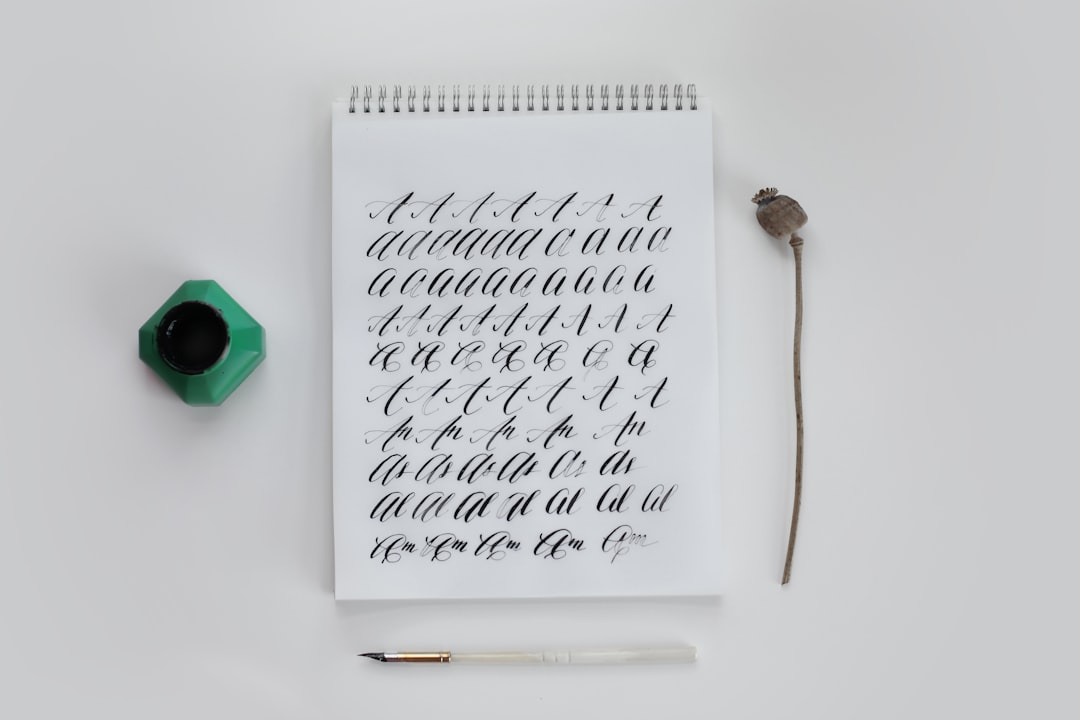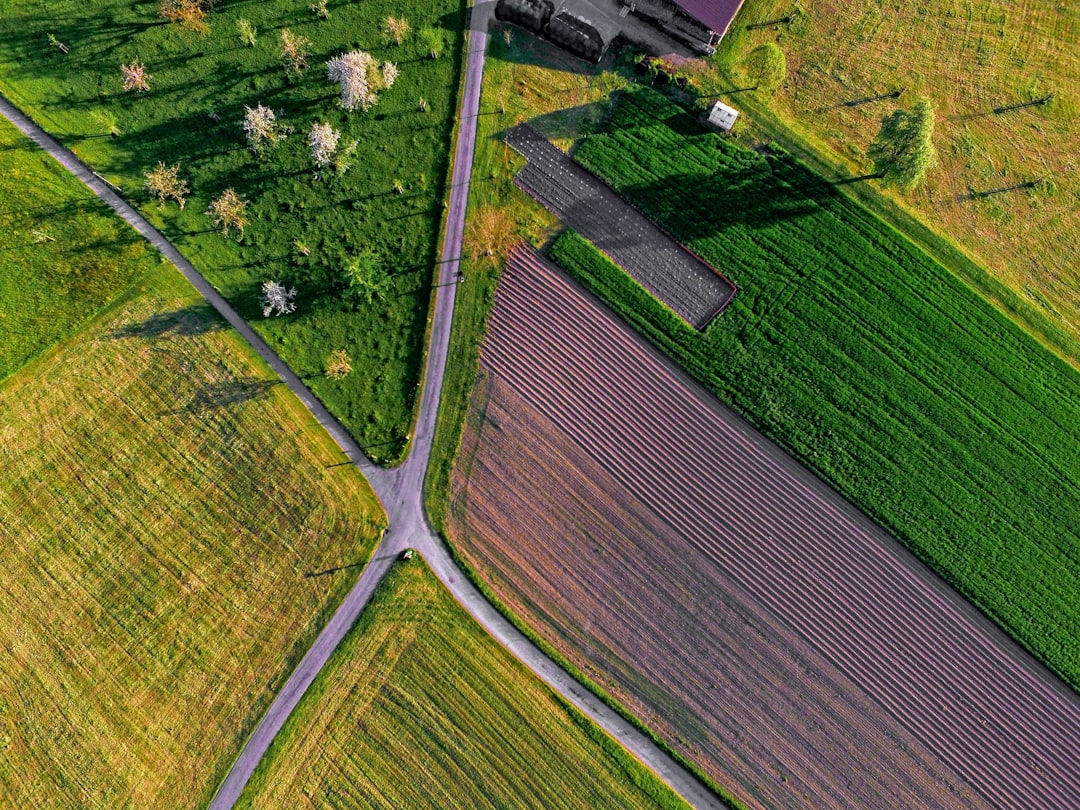What is it about?
This article examines the combination of circumstances which transformed the appearance, representations and social practices of the city during the course of the eighteenth century. Through these changes, it will be argued, the traditional practice of collective promenade as a sign of ‘social visibility’ developed into the new form of the individualized figure of the promeneur. Three successive time periods – and three types of evidence – are used to testify to this evolution from earlier patterns of social comportment into a new urban habit: first, the development and the transformation of the ritual of the polite promenade; second, the construction of open promenades around the city (notably, the boulevards and the Champs-Elysées); and, finally, the definition of the identity of the promeneur, as elaborated by writers such as Louis-Sébastien Mercier and Nicolas-Edmé Rétif de la Bretonne
Featured Image
Read the Original
This page is a summary of: The rise of thepromeneur: walking the city in eighteenth-century Paris, Historical Research, June 2014, Oxford University Press (OUP),
DOI: 10.1111/1468-2281.12070.
You can read the full text:
Contributors
The following have contributed to this page










